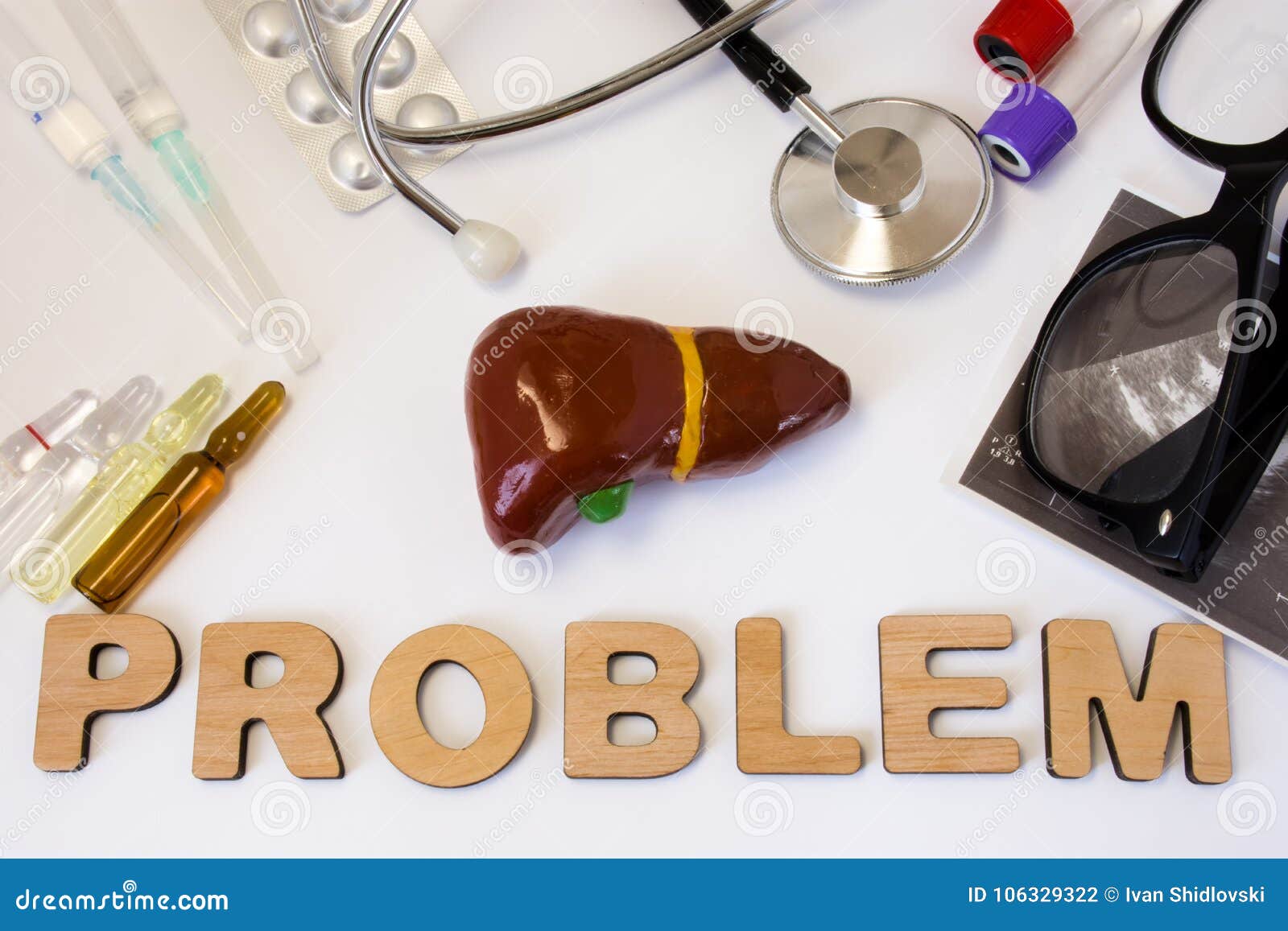
Liver enlargement is often a sign of liver disease. Pain from the bile ducts, gallbladder, or pancreas Bile flow may be blocked inside the liver, outside the liver, or in both places. Chole refers to bile and stasis means not moving. What is cholestasis?Ĭholestasis means any condition in which bile flow is slowed or stopped. Jaundice is often the first sign of liver disease. Sometimes jaundice is caused by the breakdown of a large number of red blood cells. High levels of bilirubin may be linked to inflammation, other problems of the liver cells, or blocked bile ducts. Urine is often dark because the bilirubin is sent out of the body through the kidneys. This occurs when you have very high levels of bile pigment (bilirubin) in the blood.
#LIVER ISSUES SKIN#
Jaundice is a yellow discoloration of the skin and eyes. The provider may order a liver biopsy, liver function tests, an ultrasound, a CT scan or MRI, an endoscopic retrograde cholangiopancreatogram (ERCP), or an endoscopic ultrasound (EUS). Some common liver disease symptoms include:Ī yellowing of the skin and eyes (jaundice) When diagnosing liver disease, the healthcare provider looks at your symptoms and does a physical exam.

Progressively, the dysplastic nodules transform into ultimately a hepatocellular carcinoma.Common Symptoms of Liver Disease What are some common liver disease symptoms?

including evading the body’s immune system, having an exclusive vascular supply to grow unchecked, and essentially becoming immortal cancer cells. These are called dysplastic nodules and they are pre-cancerous.Īdditional damage and prolonged inflammation will provide these abnormal cells with proliferative, invasive, and survival advantages. These mutations interfere with the normal cell cycle (such as the growth and division of cells) and the cells instead of regenerating properly, will accumulate together to form nodules. If left untreated, this scarring will continue to a severely scarred state of the liver, and we call that a cirrhosis.Ĭirrhotic livers are more prone to accumulate DNA mutations. This is what we typically call a scarring of the liver, or fibrosis. It will make the liver more and more stiffer, and all the collagen will replace the healthy cells. This repair process involves production of collagen which are fibers that stiffen the cells.Ĭhronic liver disease leads to persistent activation of this repair process. When a liver gets damaged, the liver tries to regenerate and replace the damaged cells.

The pathogenesis of a liver disease becoming an HCC is a complex multi-step process. They include viral hepatitis, such as hep B, hep C alcohol disease, fatty liver disease, and now increasing prevalence of obesity and diabetes which amplify the risk of liver diseases and therefore increases the risk of development of a cancer. There are many factors that can contribute, including genetic predisposition, family history, environmental exposure, and age and many others, but the underlying theme is that an HCC typically arises from an already damaged liver. Majority of the HCC occurs in patients with underlying liver disease. There are actually different types of liver cancers, but today I will mainly focus on hepatocellular carcinoma (or HCC), which is a primary cancer arising from the cells of the liver and it accounts for 90% of liver cancer. In fact, the death rate in the US has increased by more than 40% within the last two decades. While therapies and survival rate for other types of cancer has dramatically improved over the past decades, prognosis of liver cancer remains unfavorable and deadly. Liver cancers are 4th most common cause of cancer-related deaths worldwide and it is the 2nd most lethal cancer. Posters are reviewed by a formal panel of judges comprised of Medical Advisory Council members, Board Members and friends of ALF to select a winner in each category. Participants are tasked with translating complicated medical information into a poster which can be easily understood by patients or the public. This competition showcases posters and a brief video created by early career investigators from across the country on six areas of educational focus: fatty liver disease, liver cancer, liver transplantation, pediatric liver disease, rare liver disease and viral hepatitis. This presentation is an excerpt from the ALF 2021 Poster Competition.


 0 kommentar(er)
0 kommentar(er)
